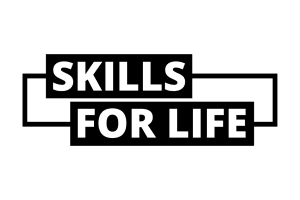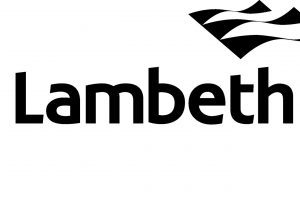Starts: 10 Apr 2024
Over three terms, this course charts the development of art in Australia between the late 18th and mid 20th centuries. Starting with the arrival of the first British colonists, we consider how early topographical and scientific draughtsmen (and the occasional convict) sought to explore and interpret their new environment - its people, landscape, and light. We then trace the emergence of a school of landscape painters, as Australia’s wealth - and its urban population – grew over the course the 19th century. Opportunities to make a living remained limited, and many artists looked to Europe for their training and careers. As Australia’s colonies came together to form a united nation in 1901, its art was still dominated by the so-called ‘Heidelberg School’ of Impressionist painters. This pattern would continue into the new century, as Australia’s artists respond both to the innovations of Europe’s avant-garde and a sense of themes and ideas closer to home, above all the mythic strangeness of the landscape. We start in term one with the earliest depictions of Australian scene by topographers like Sydney Parkinson, with the focus on European exploration. This is followed by the emergence of an Australian school of art during the 19th century, culminating in the work of Impressionists including Tom Roberts, Frederick McCubbin, Charles Conder and John Russell. We then address the relationship between Australia’s painters and the European avant-garde, before turning to the work of Sidney Nolan and others who re-imagined Australia’s outback after World War II.









